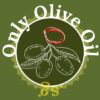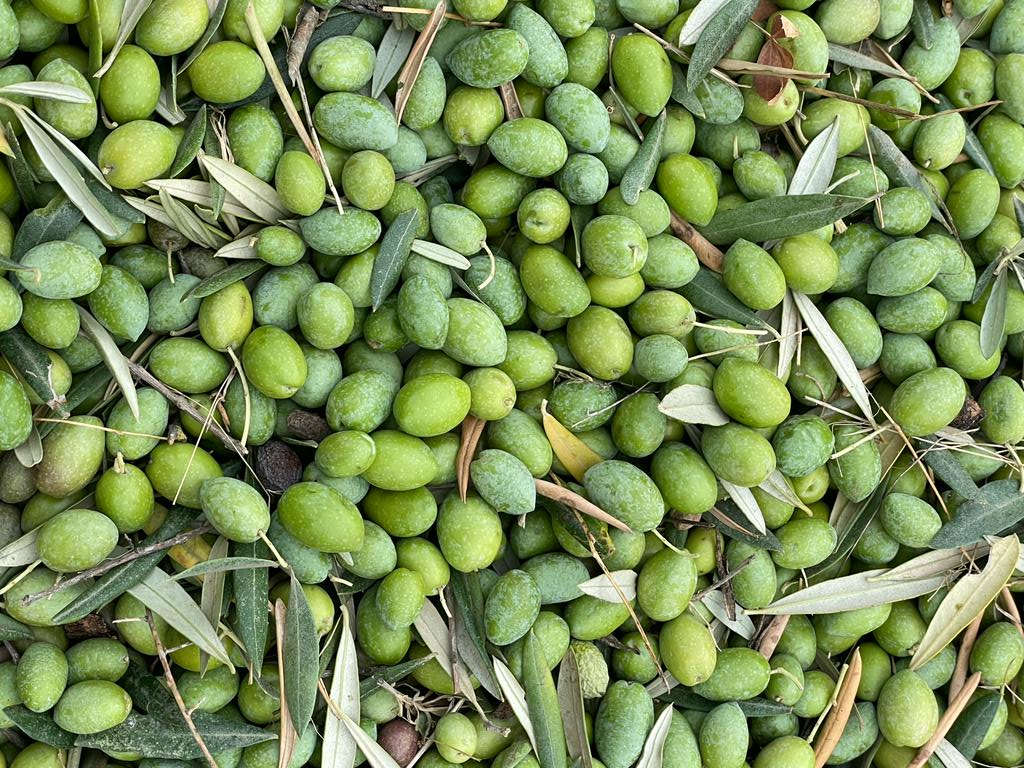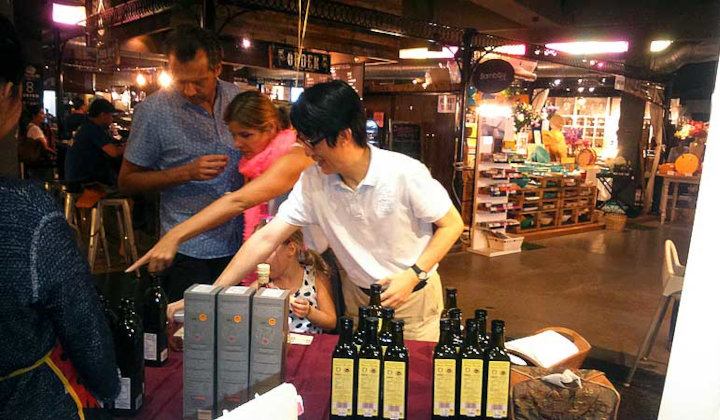What do these terminologies mean? Why is it important to know the difference? When buying olive oil, some would swear by one over the others. Does it really matter? Let’s delve into the world of olive oil terminology.
Knowing the Difference
Single-Source olive oil refers to olive oil that is produced from olives grown, harvested, extracted, and bottled in the same country. Essentially, it’s like saying, this olive oil comes from one specific country. However, it doesn’t necessarily imply that the olives are all come from a single farm.
In contrast, multiple-source olive oil is made from sourcing and blending olive oil produced in different countries, which could be from Spain, Italy, Portugal, Greece or more, and then the producer/bottler bottles this blended oil, and sells it under its own brand.
Single-Origin olive oil, on the other hand, focuses on the geographic region of a country where the olives are grown. The olives may not come from a single farm; It could be from multiple farms as in the case of a cooperative, where many farmers made up of a cooperative and together contributed its olives to produce a single-origin and branded olive oil that reflects the unique terroir of their region.
Single-Estate olive oil is similar to single-origin but with a slight twist. First, the olive oil is produced from olives only grown on a single (own) farm, harvested and extracted the oil in the mill located within the farm. Second, it emphasises quality control and unique flavour profiles. Therefore, single-estate olive oil producer controls the entire production chain, from cultivation to milling, storage and bottling. When you think of single-estate, envision a farm-to-bottle approach where everything happens within the same estate.
In summary, single-estate olive oil is more than farm-specific – It is quality- and branding-conscious. On the other hand, single-origin olive oil represents a specific geographic region.
| Single-Source | Multiple-Source | Single-Origin | Single-Estate | |
| Olives | Collected from multiple farms in the same country. | Blending olive oil from multiple farms in different countries. | Collected from multiple farms in a geographic region. | Use olives that are grown in own farm. |
| Quality Control | May be but challenging. | May be but more challenging. | Likely but not always the case. | Yes. It is often important. |
| Flavour Profiles | May be but challenging. | May be but more challenging. | Likely but not always the case. | Yes. It is often important. |
Does it Really Matter? Why?
Yes and No. Single-origin and single-estate olive oil producers have better control over the following four goals than the single- and multiple-source olive oil producers.
However, it does not mean that single- and multiple-source olive oil producer/bottler cannot achieve these aforementioned goals, but rather, it faces more challenges. These challenges include monitoring and ascertaining, year after year at the source, of the following:
FINAL THOUGHTS
Some people believe strongly that single-estate or single-origin extra virgin olive oil has higher quality than the single-source or multiple-source olive oil. This is true but not the whole truth.
Just imagine that if the producer mixes the current harvested olive oil with the left-over in the past years, both are extra virgin olive oil though, do you think the resultant olive oil will be of high quality? Is it considered fresh? Will the taste and aroma last as long as freshly made olive oil?
Quality, is therefore, not just about asking whether the extra virgin olive oil is produced from single-estate or single-origin, but rather, we should ask if the producer has a clear quality philosophy to keep things on track, and a set of quality management system to guide the execution, and eventually the selling.
One Last Thing …
We use “olive oil” loosely in our writing to actually denote extra virgin olive oil, but not to refer to virgin olive oil, pure olive oil, extra light olive oil, or olive pomace oil – The former is a lower grade of virgin oil with taste defects, while the latter three are, by the way, refined olive oil, that have undergone high heat and/or chemical treatments.



